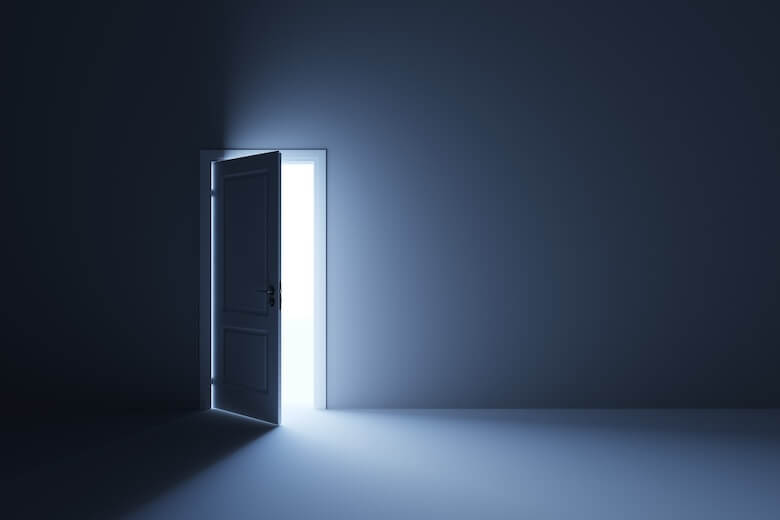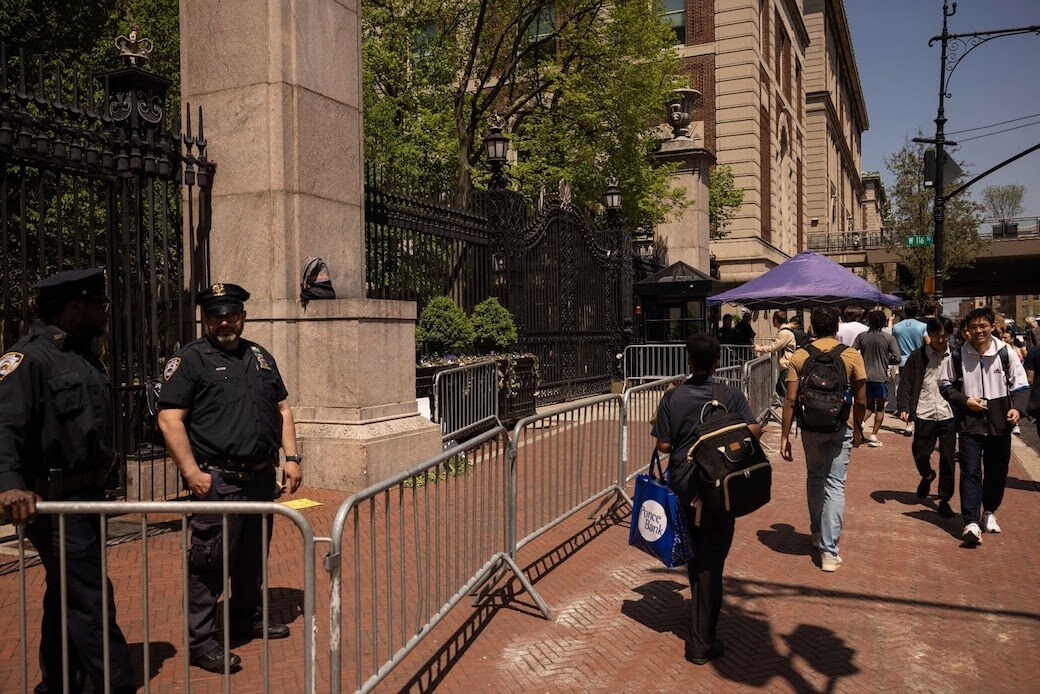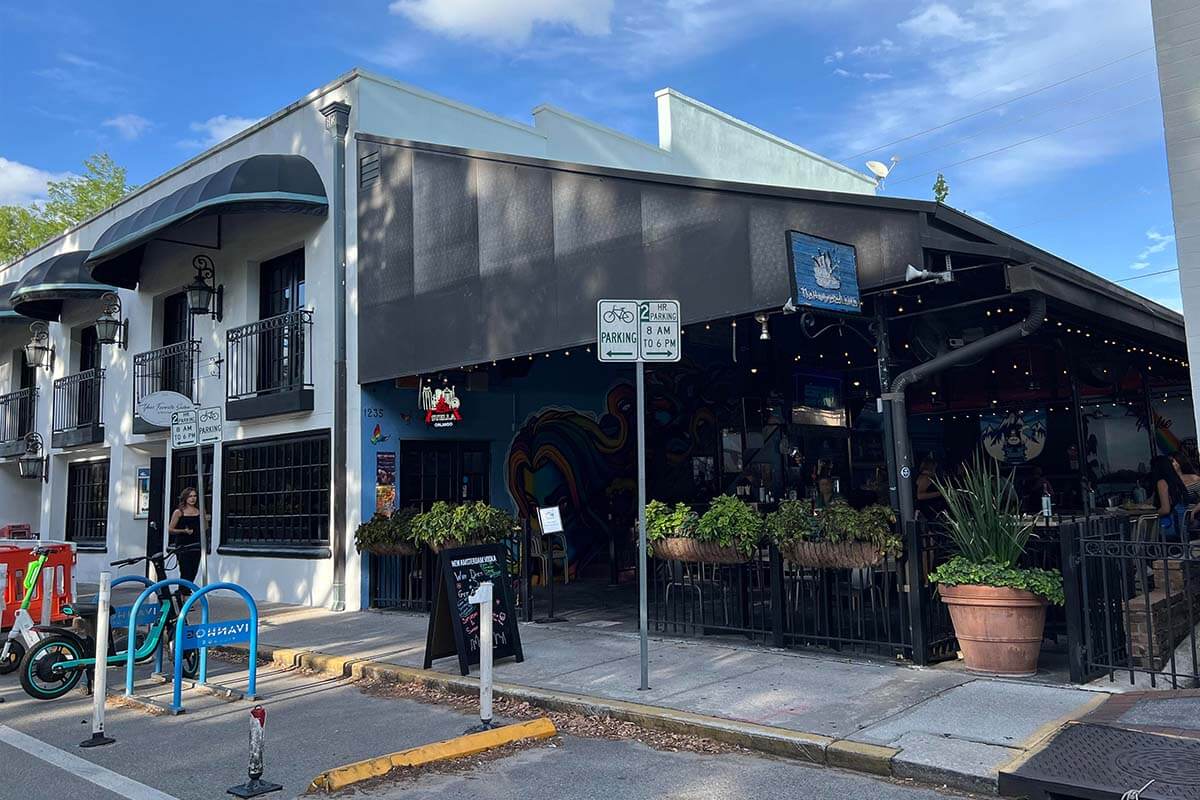Download Sunday pdf![]() sunday
sunday
Download Monday pdf ![]() monday
monday
The Ft. Worth Star-Telegram debuted a redesign this week that is beautifully executed with clean, elegant typography. It provides white space that is pleasing to the eye, and is organized to be time friendly. It’s also giving some readers fits.
The most interesting and controversial change is to the Sunday and Monday front pages. Interesting because it’s a complete departure from a traditional broadsheet front page. I refer to it as a contents, or index style page that offers the reader a quick glance to what’s available inside. Not unlike a website homepage or magazine would do with story promos. Controversial because some readers are very passionate about how much they hate it. More on that below.
I’m a big fan of at-a-glance type promos and this redesign takes it to the next level. It’s gutsy and I admire the paper for being willing to try something new in a time when many papers in the US have become homogenized.
In a letter to readers about the change, Executive Editor Jim Witt wrote:
“On Monday, we’ll debut a Page One format designed to help you find out quickly what’s going on. Our readers tell us that they don’t like hunting for the end of stories that start on Page One and continue inside the section. We’re experimenting with a new format that summarizes the day’s most important and interesting stories on the front page, then guides you inside if you want to know more. You can read the front page in five minutes or less and be up to speed, but you’ll also be able to turn inside to get the complete story, including all the details and context that you depend on the Star-Telegram to deliver.”
The Monday front page is a great place to try this kind of format because it is often a challenge to fill with compelling stories. There is less breaking news and there’s the opportunity to highlight upcoming information, as Ft. Worth does with “The Week Ahead” promos.
But change isn’t always welcomed by readers or people in the industry. There is almost always some kind of backlash after a redesign. Kind of a “If it ain’t broke, don’t fix it” mentality.
After the redesign of Poynter Online in November of 2002 we received a flood of e-mail blasting the changes. Here’s one of my favorites:
“Let’s face it, the redesign is a dysfunctional nightmare. Everyone I have talked to today HATES IT.
And not only that, but everyone asks why a functional design was rendered almost unusable…
Just go back to the previous template and call it a lesson learned. There is NOTHING improved. It looks ugly, doesn’t work and offends the mind.”
In fact, there’s a ton of value in this kind of feedback as long as you don’t take it as an attack on “my work.” Actually, it’s kind of fun to see the outrageous things people will say. And we did make some fairly significant changes, but the foundation and mission of the redesign were preserved.
In an e-mail exchange with design director Broc Sears, I asked how readers were reacting to page one on other days and if they had made any changes based on reader feedback. He said, “Most of our traditional readers prefer the (standard fronts we publish on other days) and are stunned by the Monday paper. We’ve had only about 100 calls and e-mails over the first four days. Most were negative but some are very favorable,” “We have increased some of our smaller type up from the launch. Some chart and teaser type that was 8.6 is now 9.”
The important thing that all designers can learn from his answer is that Sears and his colleagues listened to readers’ feedback and reacted appropriately. And with a daily circulation of over 200,000, they fielded only a small number of calls and e-mail in the first week. This kind of perspective will help while riding out the storm. (You can see Sears’ response to other questions in the sidebar at right).
Change can be painful, but the end result is usually a much better product. At least in my view, that’s what happened in Ft. Worth. What do you think?





